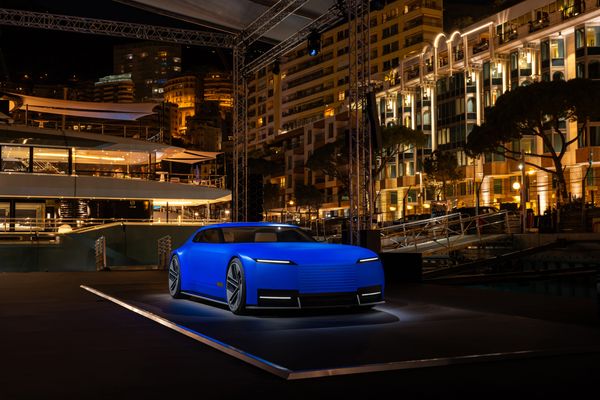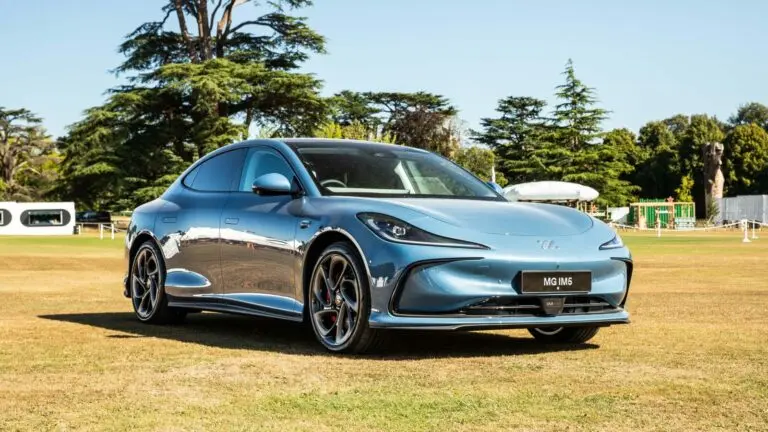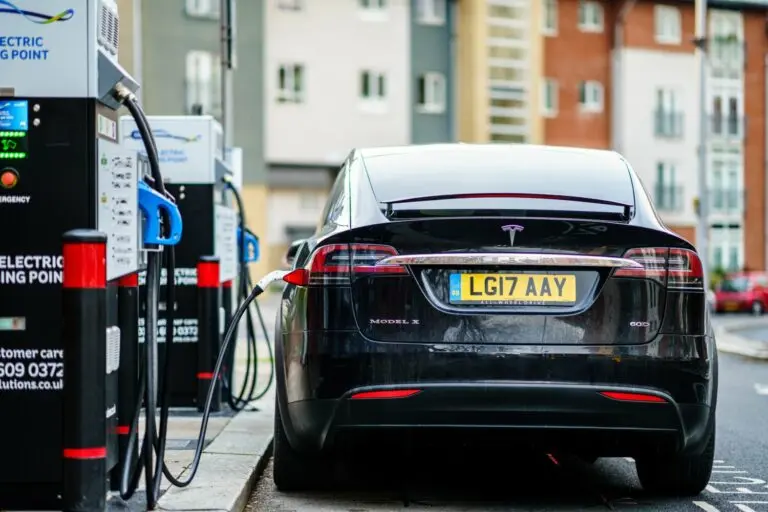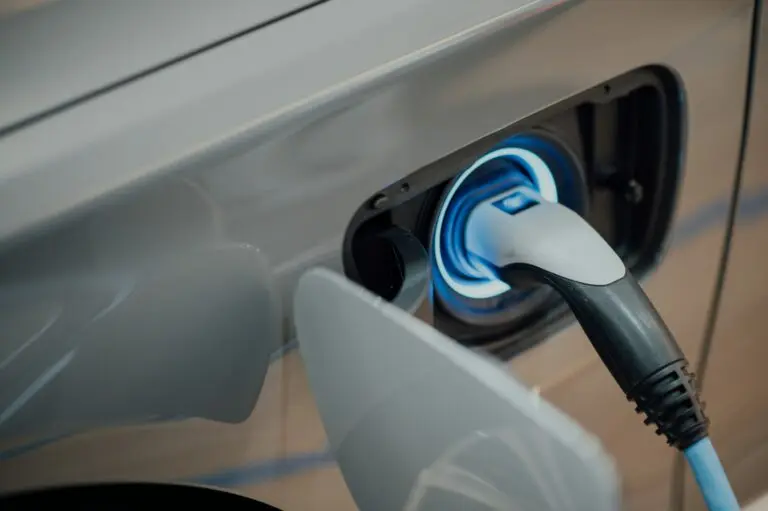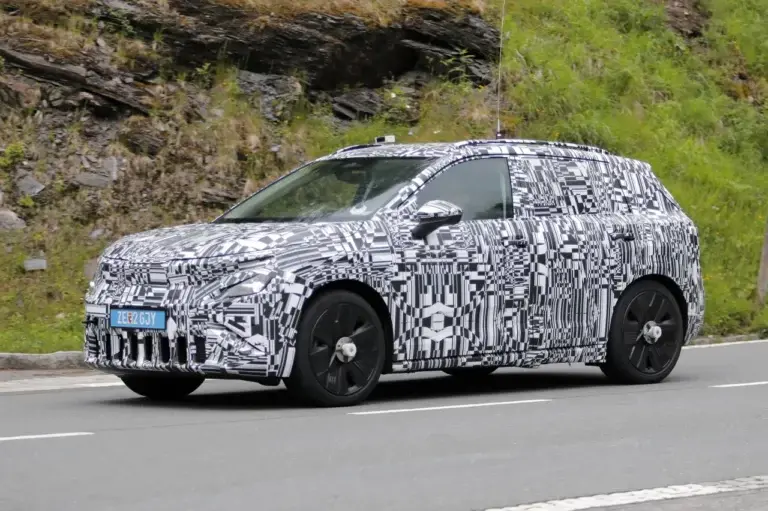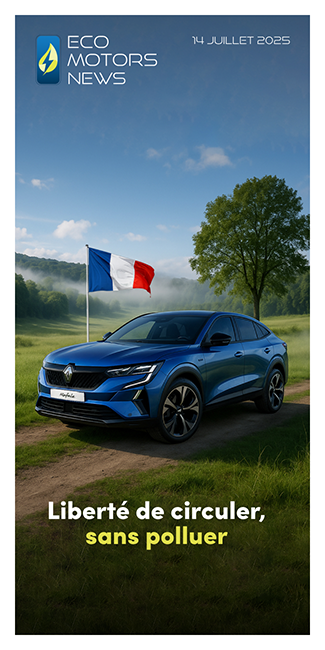Electrification is leading us to rethink the way we look at cars, not only in terms of fuel consumption, driving and technology, but also in terms of design. A car may still look like a car (for the time being), but there are increasingly significant differences between internal combustion engines and electric cars in this respect.
At the beginning of the electric car boom, manufacturers were generally content to affix a blue or green badge somewhere on the bodywork to get the message across that the car was electric, usually when there was a perfect copy of the internal combustion version. This was a way of saving money. But in recent years, with the advent of 100% electric models, EVs have become increasingly recognisable, and not just because of the silence of their engines.
No internal combustion engine, more freedom
It’s no secret that an electric motor takes up much less space than a combustion engine. It frees up space under the bonnet, of course, but also under the car: no exhaust system, no clutch, that’s a lot of space. Once this
Once that big thorn had been removed, the designers were able to reduce the length of the bonnet, lower the front end and enlarge the passenger compartment. In addition to the disappearance of the engine block, the ‘skateboard’ platform – a flat chassis incorporating the batteries and axles – has also become widespread. Here again, thanks to a flat floor, it is possible to gain space inside while lengthening the wheelbase without compromising the harmony of the lines. The profile of electric cars thus becomes more fluid, almost monobloc. We all remember the first time we saw a Tesla Model 3, that strange feeling of knowing it’s a car, but not really being able to explain why it doesn’t make the same impression on us as the one next door…

A revamped front end
The grille is one of the most iconic features of an internal combustion engine car. Often used to identify a make or model, their main function is to let air into the engine block to cool it. An electric car needs little or no air. This means that designers can come up with sleeker faces and play around with light signatures. We’ve seen this recently with the Hyundai Ioniq 5 and the Renault 5 E-Tech, among others, which take on a futuristic style tinged with digital technology.
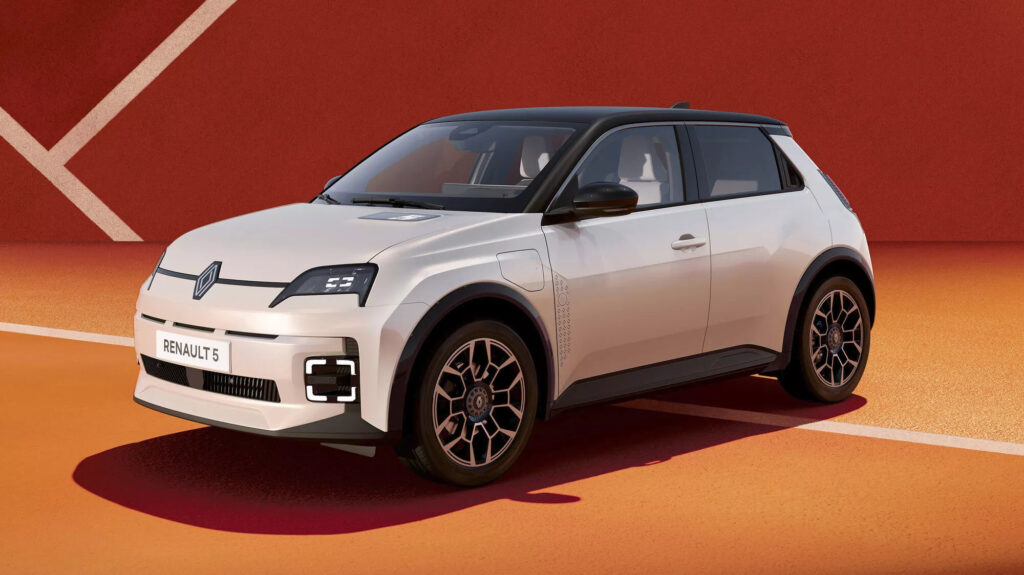
The thorny issue of aerodynamics
Aerodynamics is one of the reasons why an electric car still looks a lot like a combustion engine car: because, if it works, there’s no reason to shake things up too much. But the issue of reducing drag is even more crucial for EVs, because range depends on it – perhaps the most famous brake on the mass electrification of the car fleet. As a result, the lines of electric cars are simpler, tauter and, in short, sharper. Handles are flush, rims are solid and even, on some models like the Honda E, rear-view mirrors are replaced by cameras.
Reinventing the interior
The cabin has also benefited from the switch to electric power. With the disappearance of the ‘central tunnel’, seating arrangements are freer and there is more space for passengers, but also for electronics. So there’s no need to condense everything and, little by little, digital technology is replacing physical controls and the screens are getting bigger and bigger. Of course, it was Tesla, the pioneer of the electric car, who launched this movement of minimalism mixed with technology and large volumes. Since then, it has become the norm for all manufacturers, but we are not immune to the arrival of models that go against this trend and take advantage of the space offered by electric cars to integrate as many components as possible into the cabin, turning it into a real living room on wheels.
Between new beginnings, conservatism and a clean slate
Car design is the clearest message that brands send to consumers. It is therefore partly thanks to design that we know more about a manufacturer’s intentions with regard to its electric ambitions. Some manufacturers, such as Hyundai, Kia, Renault and Volvo, among others, are taking advantage of the switch to electric vehicles to completely rethink their design vocabulary, without throwing away several decades of history and visual identity. You can recognise the brand name, but you can feel the change of era. Other brands, such as Porsche with its Taycan, Maserati with its Grecale Folgore or Peugeot with its e-208, remain very close to their design heritage, which means they can avoid upsetting their customers too much. So the changes are being made gradually, first to the cabin and then, as the restyling progresses, to the bodywork. It’s a dilemma that only concerns established carmakers! The new Chinese giants have started from scratch and, without the weight of a strong visual identity on their shoulders, they have been able to let loose with their design and create new codes. With Xpeng and its ultra-fine light signature, BYD and its shark-like front end, and Nio and its pure lines, we are witnessing a small revolution. Jaguar’s recent example and the uproar caused by the presentation of its radical Type 00 are proof of this.
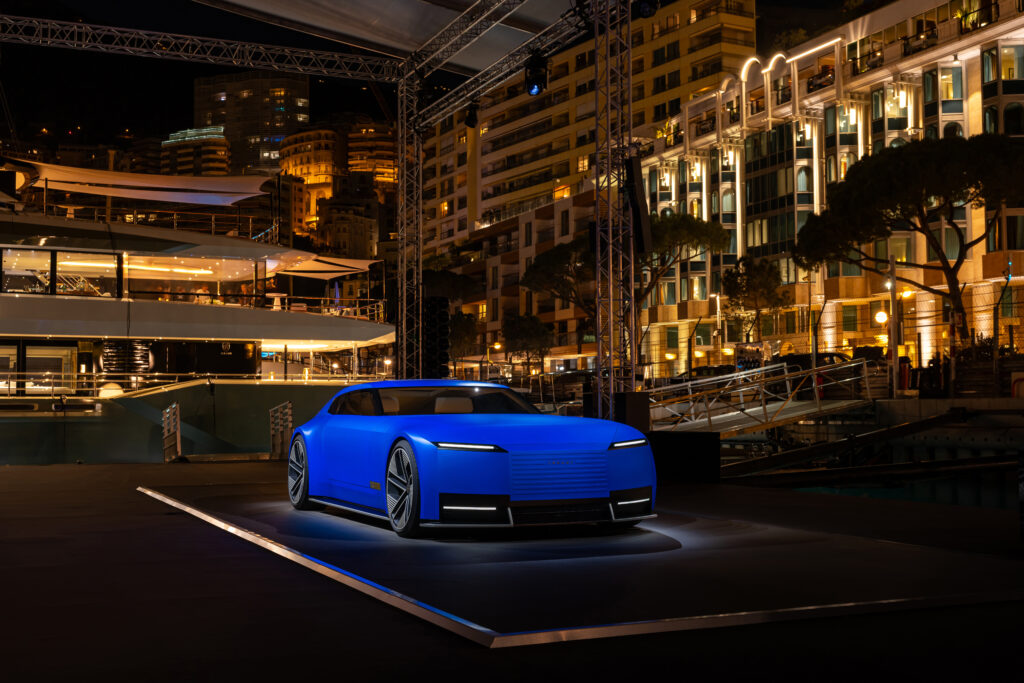
In short, car design has always been a question of balance, whether in terms of lines or volumes, but there is also a marketing balance to be respected by the brands, which will have to take advantage of the freedom offered by electric cars, but without shocking customers who are very used to classic design, which has been anchored in the collective imagination for a century…

